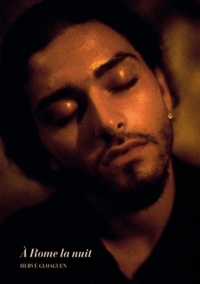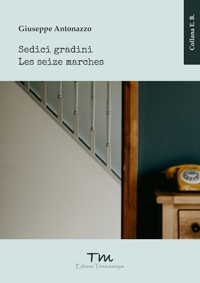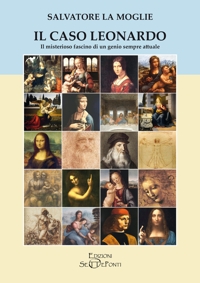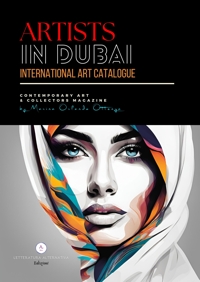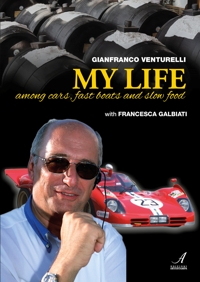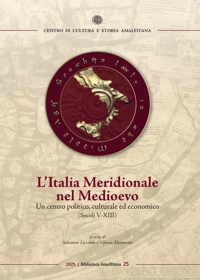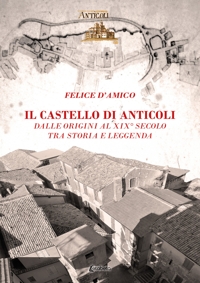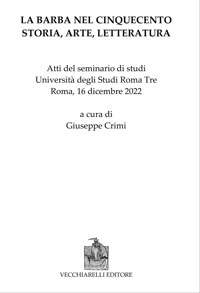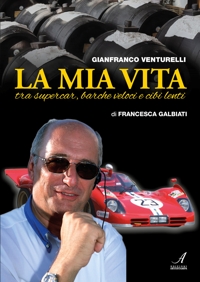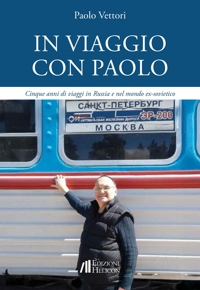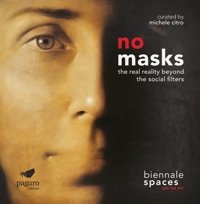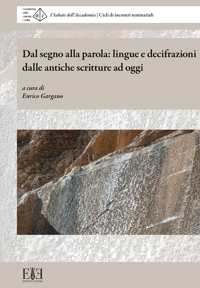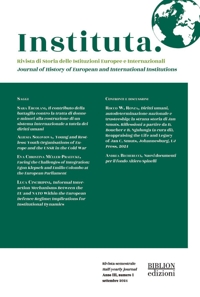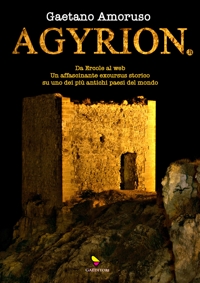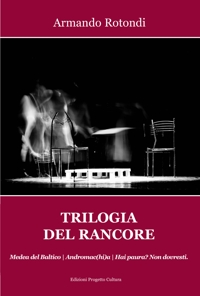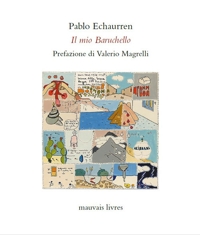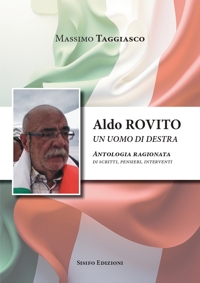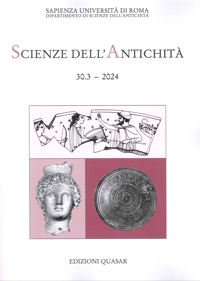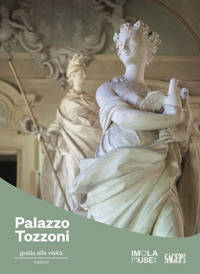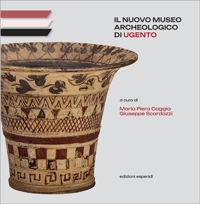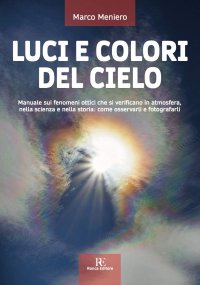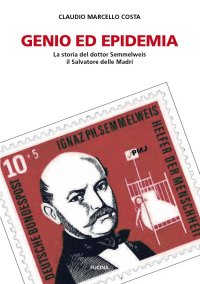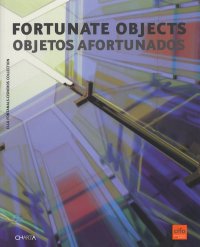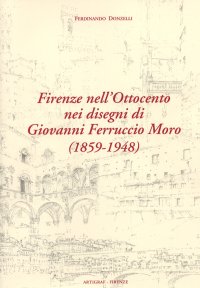Il Capriccio Architettonico in Italia nel XVII e XVIII Secolo.
Translation by Lollobrigida B.
Italian and English Text.
Foligno, 2018; 3 vols., bound in a case, pp. 1200, 1500 b/w and col. ill., 1500 b/w and col. plates, cm 25,5x34.
ISBN: 88-908684-6-5
- EAN13: 9788890868467
Subject: History of Architecture,Painting
Period: 1400-1800 (XV-XVIII) Renaissance
Places: Italy
Languages: 

Weight: 9.84 kg
The term "Capriccio architettonico" is first used in the 17th century terminology to denote single or multiple "architetture", such as temples, palaces, churches or buildings, mostly inspired to the classical genre, often featuring characters relating with elements of landscape. These are compositions where reality interlaces with fantasy, in order to prompt emotions and a certain gratification for the perspective tridimensional "rightness" of the invention represented, which may be directly or partially linked to factual data. As a matter of fact, since its first autonomous exemplifications, or at least since those focused mainly on the cited subjects, this genre intertwined with the "veduta" through the insertion of a realistic core in a fantasy context, or conversely of a fantasy architecture in a realistic environment. Hereby, different solicitations have followed and succeeded, in which realism and fantasy, rationality and feelings, decorative and interpretative purposes are involved together. However, in this publication I intended to follow this genre's evolution in Italy throughout the 17th and 18th centuries, tracing an excursus which finds its lodestars, at the beginning and at the end of the process, in Viviano Codazzi and Gian Paolo Panini. At the same time Rome, with its ruins and remains of architectures and sculptures is of course the heart, the source both tangible and ideal of the most immediate stimulations. Nevertheless, I soon realized that it was not possible to confine my work to the specific instances that took place in Rome, since many protagonists of the trend operated away from the city, like Codazzi himself, whose activity started out in Naples, where he worked for at least two decades before going to Rome. The same applies to Giovanni Ghisolfi, who represented an essential vehicle between the two cited personalities; he was from Milan, where he certainly worked the most, though drawing vital inspiration from Rome, where he sojourned twice. Roman antiquities, further glorified by the growing fascination for archaeology were still in the 18th century the core for experts and connoisseurs of the themes of the present treatise. Suffice it to say that the great Venetian masters were extremely interested in those; Canaletto, operating in Rome in about 1719 as a scenographer, was fascinated by the ruins, as well as Luca Carlevarjis and Marco Ricci had been before him, although their presence in Rome is not attested. From Venice my research has inevitably extended to Bologna and Emilia, involving my interests in the influence of the Bibiena family, with corresponding examples - also painted ones -, with Paltronieri and Bigari as major exponents, surrounded by a large group of painters who combined the Bibiena's lesson with the genre of Capriccio. Panini came from Emilia and from a training in scenography as well; with him, the architectures' trend became specifically Roman and acquired an European dimension, as attested by his international success, especially in France, which I have traced only for some most meaningful artists. Finally, Gianbattista Piranesi also came to Rome from Venice; here he was trained and gave the ultimate determining contribution to the genre, centred on classical antiquities in general and Roman in particular, of which he was a fierce defender. His work was confined to engraving though; it lies outside the goal I had set for this treatise.








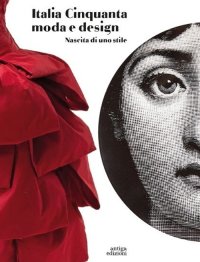

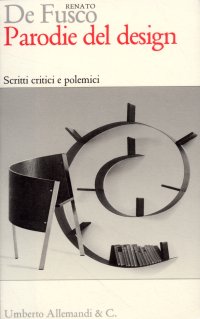
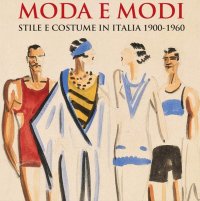
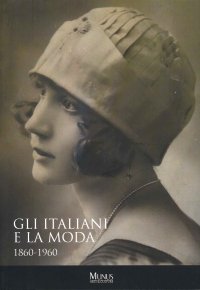
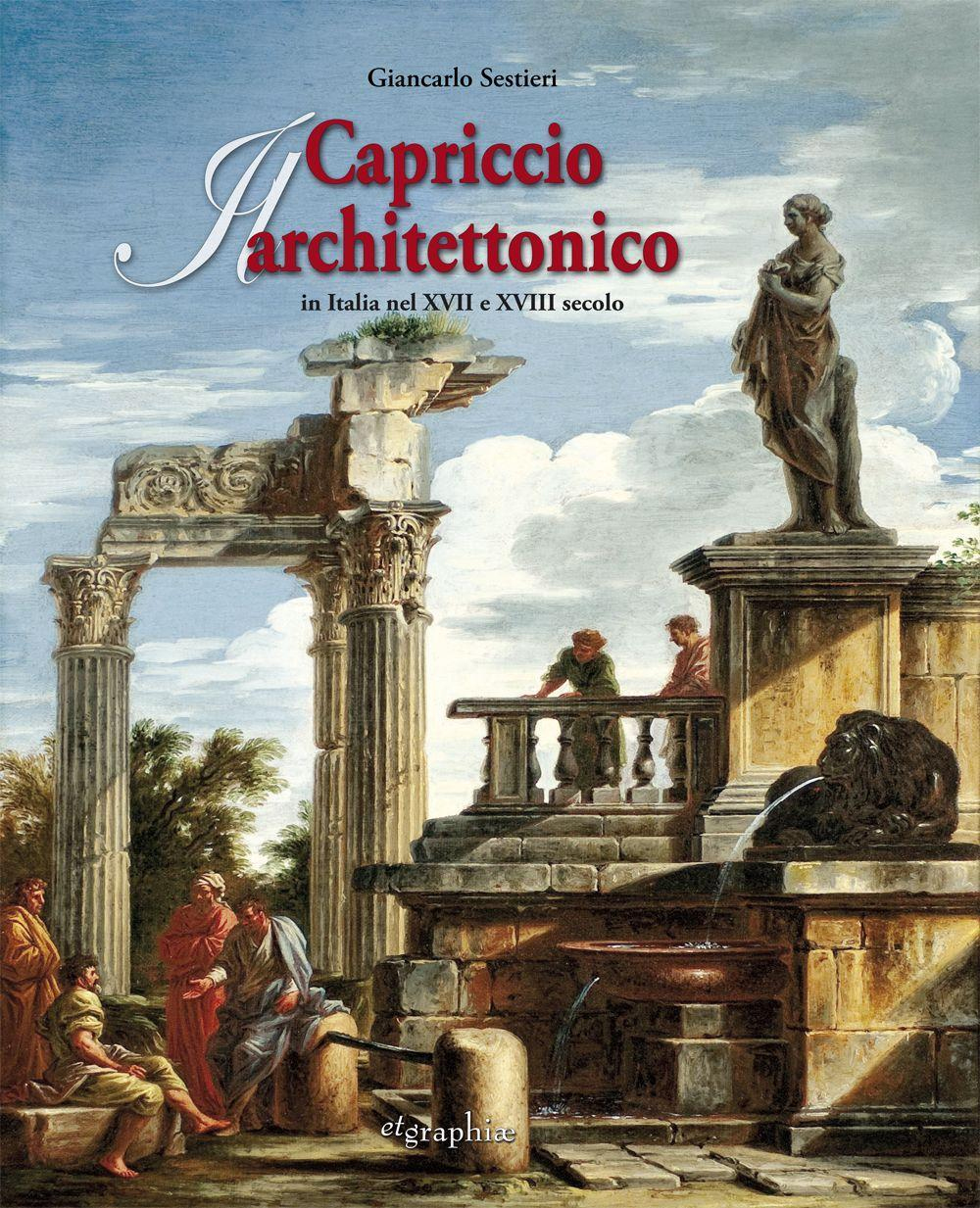
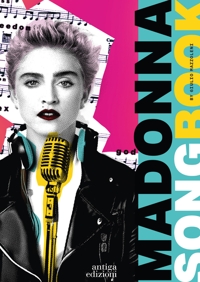
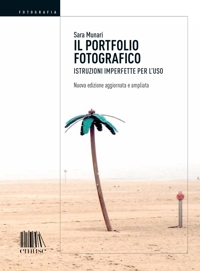
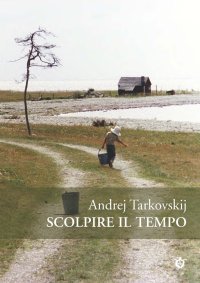
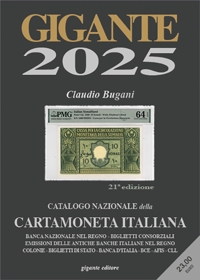
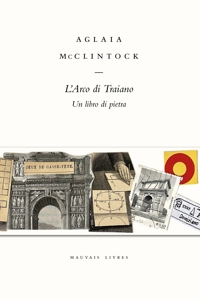
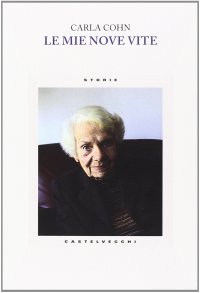
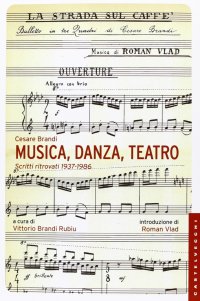
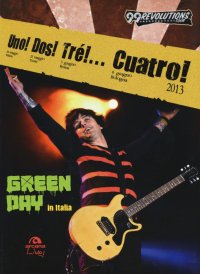
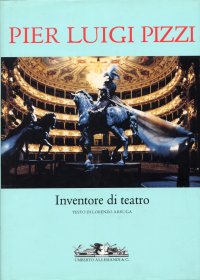

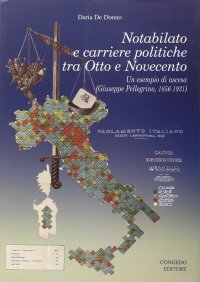
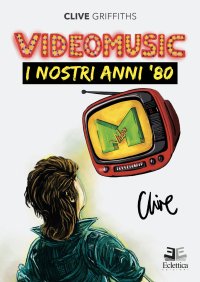

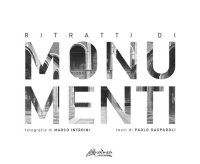
![Incantevole Puglia. Fra arte, storia e natura. [Edizione Italiana e Inglese]](https://immagini.libroco.it/copertine/IMMAGINI/3073/m-1536619.jpg)
